From Handwriting to Geometry
The term “spatial orientation” refers to use of vision when comparing the way in which things are turned and rotated. In terms of daily living skills, spatial orientation is the knack of being aware of how objects are turned and how they fit together. For example, in the home this skill helps children learn which foot fits into a sneaker, or how to turn a button so that it will fit through a button hole.
Most children learn about the importance of spatial orientation from experiences in school. For example, during early education years, classroom activities help them learn how to form letters, words, and numbers based upon spatial orientation. Later on, in third through sixth grades, children learn about math concepts such as fractions, equations, and basic math expressions through concepts of spatial orientation. By the time most children reach high school, they are able to use their imagination to visualize how various objects relate to one another and how they fit together.
The child’s body with its’ position of the head in the up and down position is normally used for comparison during visual perceptual activities. This means that generally, during typical activities, the head is held in a position that is straight up and down while the mouth is in a horizontal line. Holding the head in this way allows the brain to develop visual perceptual images of the environment as though objects are in “cross hairs” (much like the eyepiece of a submarine’s periscope).

Objects can therefore be seen as either aligned or non-aligned in terms of the axis of the cross hairs. When the head tends to be consistently held in an upright position, the brain can more easily identify how objects are related to each other and whether or not adjustments are needed to align and fit parts together.
However, keeping the head in alignment requires muscle strength through the core muscles of the neck and trunk. When these muscles are weak, the ability to maintain the head in alignment is generally poor and impacts visual perceptual skills.
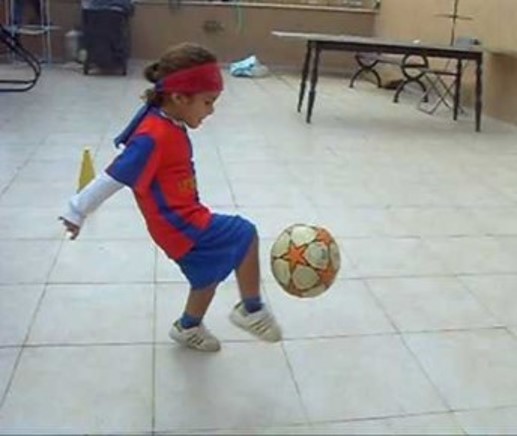
For example, while standing or moving with the head held in a consistent upright position, the brain can learn to plan for moves on a busy playground. Successful moves with visual motor and sport activities involving balls, racquets, bats, or even hockey sticks are more easily executed when spatial orientation of objects can be visualized.
Children with Sensory Processing Disorders and other neurodevelopmental conditions often have difficulty with motor control that impacts core strength. Therefore, they frequently have difficulty maintaining the head in a stabilized position and planning for motor moves. Their ability to successfully engage in visual motor and sport activities tends to be limited.
One significant outcome of the condition is that the children regularly struggle with use of spatial terms. That is to say that these children tend to have difficulties describing how objects are positioned and exactly where objects are located. This impacts the ability to form letters when handwriting, to follow instructions that incorporate spatial language terms such as (up/down/under/over), and math readiness skills.
Spatial orientation of the body leads to an appreciation of spatial orientation of everyday objects. Outcomes impact daily living skills at home, at school, and in social relationships with peers. When a child has difficulty appreciating spatial orientation of common objects, this impacts self care skills at home. Skills such as dressing, use of utensils at mealtimes, and playing with toys can become problematic.

Suffolk Community College/ by Jessinta Smith
Social concepts such as “personal space” can also impact peer relationships in a negative manner when a child does not recognize where they are in space and consistently bumps into people.
Meanwhile, in school, difficulties with spatial orientation can impact success in reading, writing, and math skills.
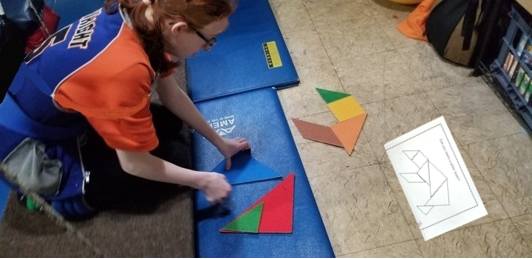
Spatial orientation is a skill needed for success in both social and academic areas of life. Occupational Therapists work with parents to introduce concepts of spatial orientation to children through use of specialized construction toys, manipulatives that incorporate use of tools, learning games, and other special equipment.
Additionally, core strength through the upper body is needed to position the head. Home exercise activities are usually recommended to assist the development of core strength.
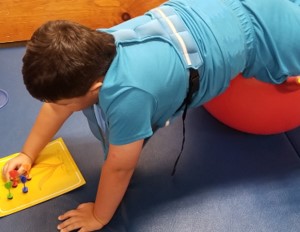
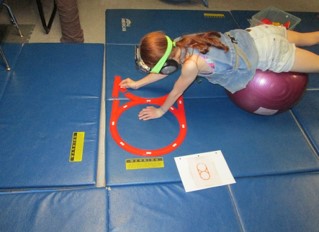


To learn more about spatial orientation take a look at this post.

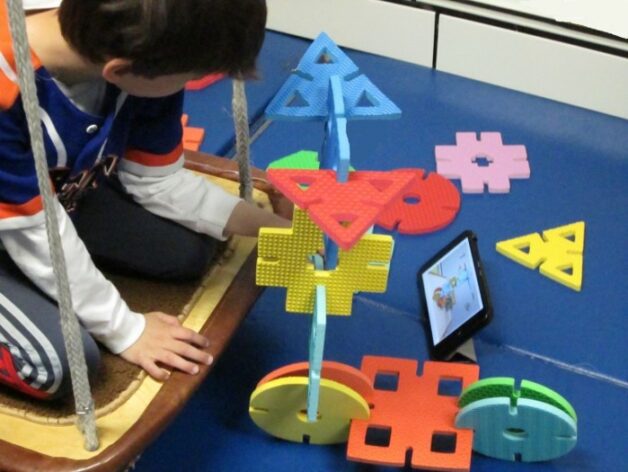
Comments are closed.